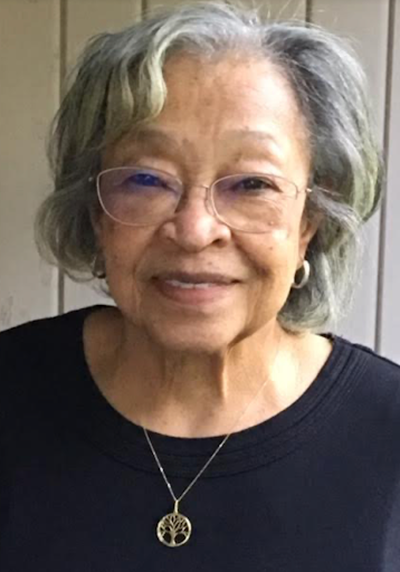Documenting the history of enslaved ancestors is a daunting task. During slavery, enslaved people were seen as property, forming an integral part of the slaveholder’s estate. Uncovering your enslaved ancestors requires delving into the records of the families who “owned” them. Finding your ancestors linked to a dollar value and listed alongside farm animals, equipment, crops, and household items can be an intensely emotional and overwhelming experience, evoking a connection to the past and a sense of the living conditions and livelihoods of those who came before us.
Enslaved people were prohibited from learning to read or write, leading to limited records. The lack of documentation has made it challenging for African American genealogists to fully reconstruct their ancestors’ lives.
Having made progress using your home sources to fill in your pedigree chart and family group sheets, it is time to take the next step. There are still some gaps that need to be addressed. The next step involves using public sources, such as the federal census, to locate and complete the picture of your ancestors. This process will help you fill in the missing pieces of your family history.
The census records
The census is a count or survey of the people in the United States, recording various details about the individual. Although the census was not taken for the genealogist, it is beneficial in genealogical research. The primary purpose of the census is to determine the number of seats for each state in the House of Representatives. It is taken every ten years and released after 72 years for confidentiality. All people living in the United States at the time of the census must take it as mandated by the Constitution, including citizens, non-citizen legal residents, long-term visitors, and undocumented immigrants.
The 1870 census is critical for researching enslaved ancestors. It is the first census to enumerate formerly enslaved people by name after the Civil War. The first census was taken in 1790, and the last was in 1950. The 1790 to 1860 censuses have limited value to African American genealogists. Heads of household, including “Free Colored Persons,” were named. All other family members in a free household were tick-marked. Enslaved people were enumerated with tick marks on the censuses from 1790 until 1840.
The Census Bureau created two censuses in 1850 and 1860: Schedule 1 for the free general population and Schedule 2 for slaves, also known as Slave Schedules. Schedule 2 lists the names of slave owners and provides details about the enslaved people, including age, sex, and color, but no names. “Slaves over 100 years old were given special treatments; their names were noted, and sometimes a biographical sketch was included,” according to Kelly L. Schmidt and Ceilia Wright, About the 1850 and 1860 U.S. Census Slave Schedules.
The 1890 census was mostly destroyed by fire. Some schedules and fragments remain for select states.
Census records can be found online at the National Archives and Records Administration (NARA), Family Search, public libraries, and Ancestry.com (there is a subscription cost for ancestry.com).
Recommended readings
Burroughs, Tony. Black Roots: A Beginner’s Guide to Tracing African American Family Tree. New York: Fireside, 2001.
Smith, Franklin Carter, and Croom, Emily Anne. Genealogists Guide to Discovering Your African-American Ancestors: How to Find and Record Your Unique Heritage. Cincinnati, Ohio: Betterway Books, 2003.
Lackey, Richard S. Cite Your Sources: A Manual for Documenting Family Histories and Genealogical Records. Jackson, Mississippi: University Press, 1985.
